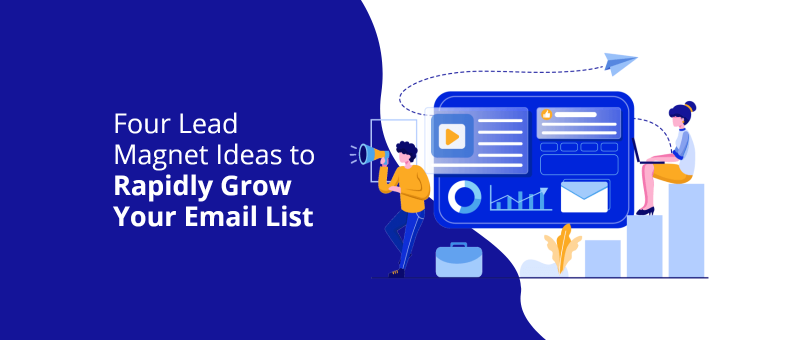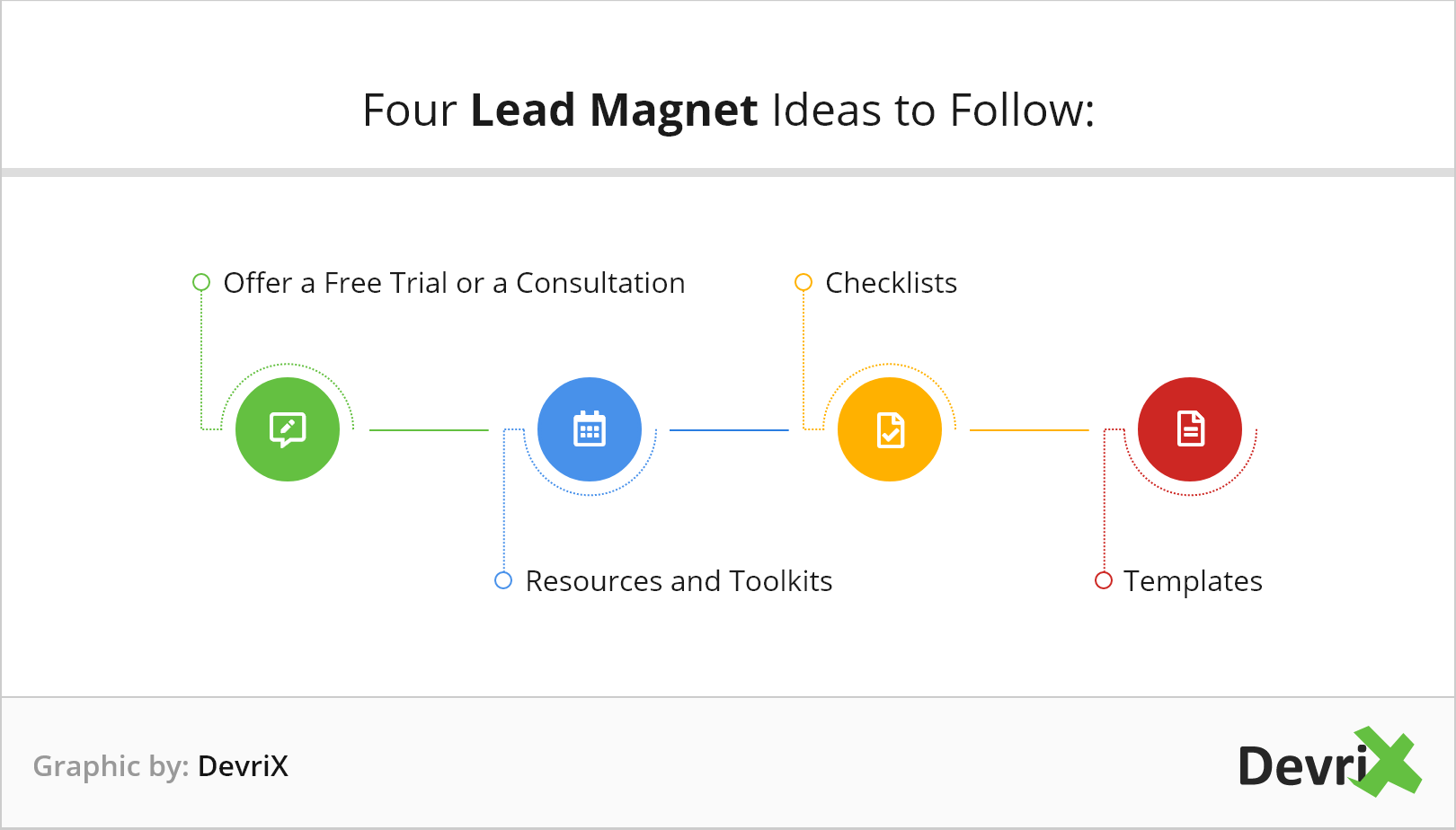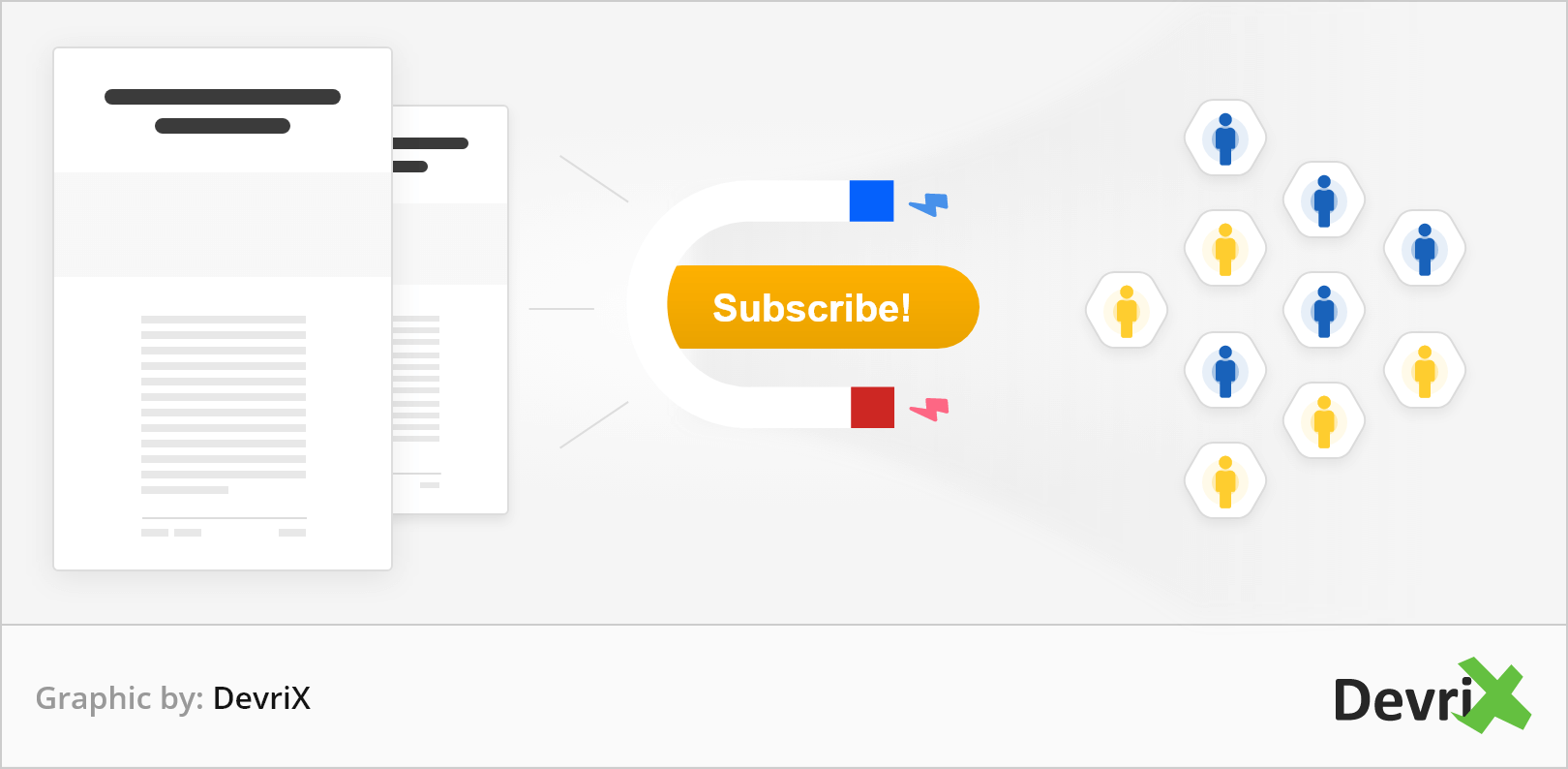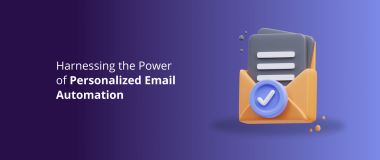Growing your email list in today’s online environment can be a real challenge, but it’s one of the most important parts of email marketing. You know that you are offering something that people will need or find useful, but getting them to actually sign-up can be easier said than done. The answer to this challenge is to make effective use of lead magnets.
The reality is that placing a “Subscribe” button on your site is not enough anymore, and the majority of people that visit your site won’t return. If you can’t capture users during that initial visit, you lose out on the opportunity to engage them with email marketing later. 46% of marketers consider email marketing to be an essential lead generation tool, and that is directly connected to how many email subscribers are party to the marketing efforts done by your business.

46% of marketers consider email marketing to be an essential lead generation tool
Research conducted by the company Capterra indicated that for every dollar that companies spent on email marketing, there was an average return of $44.25. Lead magnets can be used to get contact information from prospective leads and nurture them into becoming qualified sales leads in the future.
The problem with lead magnets is that creating them can be time-consuming, and not all lead magnets will bring in the same level of desired results. There has to be a focus on generating quality leads that are likely to convert into sales. So, how do you determine what is a good lead magnet strategy to pursue in order to build your business email list quickly?
We are showcasing some of the top lead magnet ideas to rapidly grow your email list that will bring tangible results:
Creating Lead Magnets

The starting point for creating your own lead magnets is to do market research and narrow down your target market. This will help you define some of the challenges they face, and find solutions that could be valuable to them. Along with identifying solutions, it will highlight opportunities to develop lead magnets that are likely to work well with your audience and lead to an increase in email subscribers. Ideally, you want to put something out there that can be of value to your target groups, that you can afford to give away for free and will get you the email subscribers that you need.
Remember that your lead magnet will need to warm-up prospective subscribers to the idea of buying something from you down the road. This is not an overnight process – software giant Salesforce have put information forward that shows it takes several steps and interactions with a subscriber before they can be qualified as sales “ready”. Lead magnets help businesses to create a stronger impression with prospects by facilitating a valuable exchange.
In the past, e-books were considered to be one of the top lead magnets for building email lists. This may still hold true in the light that prospective subscribers want to receive something that is informative in exchange for subscribing, but creating an ebook is a drawn out and time-consuming project, and the reality is that many of your subscribers will not be interested in investing time into reading a full book. Instead, you should focus your lead magnet creation on options that still represent that same value to potential subscribers, but which have quick turnaround times and that don’t require as many resources.
Offer a Free Trial or a Consultation
How many free trials have you personally signed up for in the past? Chances are quite a few.
Most suited to marketing or software businesses, providing a free trial can help you convert site visitors into subscribers and improve future sales. This method allows subscribers to get a taste of your product or service, but with a set expiration date so that you can limit the cost to your business. When you let people try before they buy, they invest time into what you’re giving them, and once they’ve gone through all the effort of setting up everything they will probably want to keep it when the trial expires.
Trials can also provide you with unique feedback from your target market and help you refine your product or service even further.
Another option with a similar concept is to provide free consultations – this can make your offer seem more valuable to potential clients and give them a glimpse at the kind of support they can expect from your business. Giving your audience the option of a free consultation can help you nurture them into not only into being an email subscriber, but being a successful sale down the line too.
However, free consultations can be a double-edged sword. Done incorrectly, it could cost your business valuable time and money and not have any real impact on your email subscriber numbers.
Furthermore, the biggest difficulty in doing free consultations is balance; you don’t want to devalue yourself or your time but you also want to get results. The key to this balance is to structure your consultations carefully – instead of providing a no-obligation option that can easily be taken advantage of, make sure to implement an intake form of some kind to gather contact details or put your free consultation option behind a “subscribe to schedule” prompt on your site.
Free consultations are most suited to SaaS, SEO, eCommerce, or other applicable web-related services that can have a barrier to entry for prospective customers without initial instruction.
Resources and Toolkits
Many of the top-performing sites out there increase subscribers to their email lists by giving away free online resources or toolkits in return for email sign-ups. The great thing about this method is that it will be an excellent incentive to subscribe to your email list while taking little management from your side after the initial toolkit or resource list has been created. The way that many other companies wield these toolkits successfully for email list-building is by placing reminders on their site of how much more prospective customers could gain from upgrading.
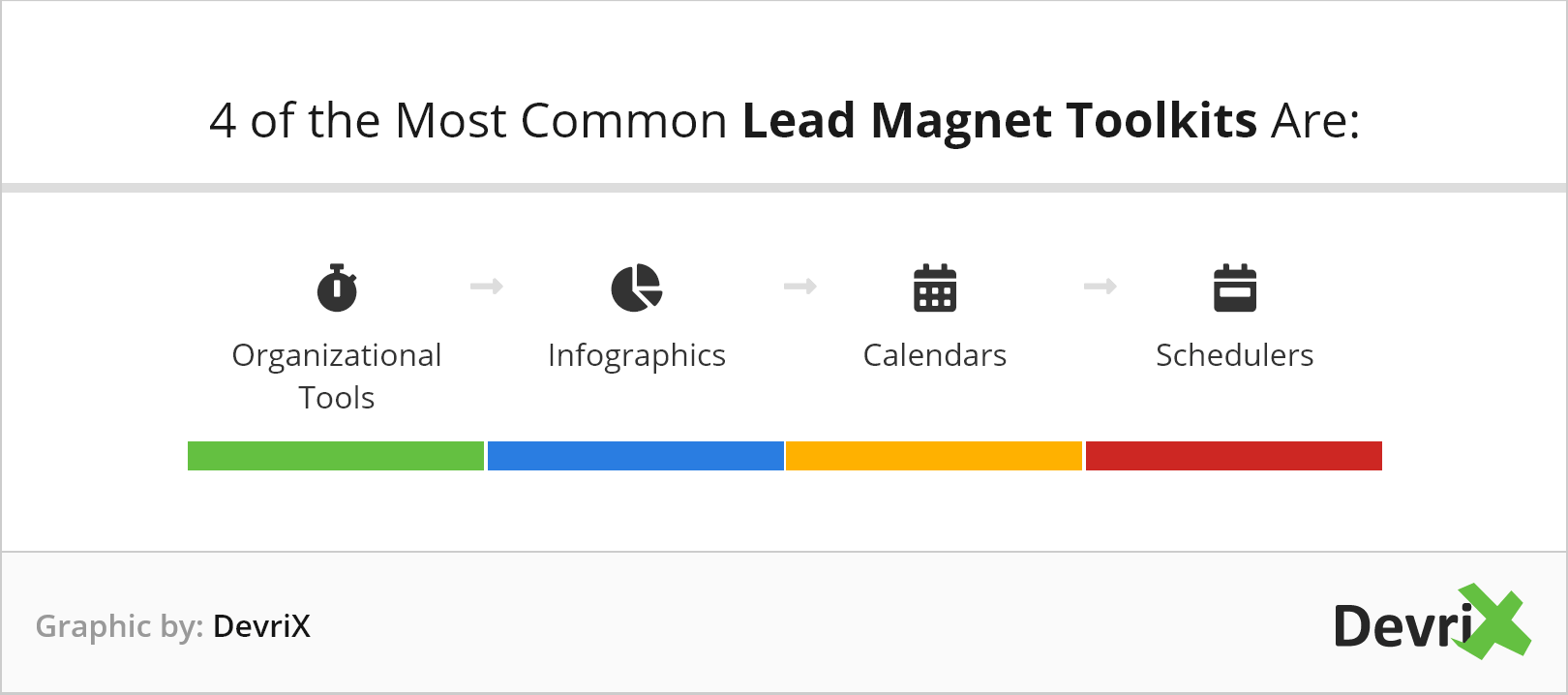
Four of the most common lead magnet toolkits: organizational tools, infographics, calendars, schedulers
When putting together your toolkit or resource list, think about what people will find most valuable in the industry you are targeting. The best toolkits out there provide practical advice and actionable steps that subscribers can clearly derive benefits from. Some of the most common toolkits can include options like organizational tools, infographics, calendars, schedulers and much more.
The thing to note here is that you’ll want to vet anything you include carefully – for the best results ensure that the tools you recommend are current, easy to use and provide desirable use-cases.
In a time when many people are moving to working remotely, including productivity tools is a great starting point. Toolkits can also lead to affiliate opportunities which can generate additional revenue for your business.
Ultimately, creating a good toolkit comes down to being in touch with your industry and knowing what will incentivize people to subscribe.
13 Remote Companies Share Their Favorite Collaboration Tools [Expert Roundup]
Checklists
Checklists are one of the best and most consistent conversion methods for gaining email subscribers. These lists summarize everything subscribers will want in an actionable way and are less resource-intensive to create. They also provide your audience with strategies or techniques that they can easily replicate. Certain checklist strategies can significantly boost sales having a direct impact on your ROI.
The best checklists are related to services you offer and prepare your targets for the process of using them – new content marketers for example may be interested in subscribing in return for a checklist they can use to upgrade their own content. Brian Dean, the blogging powerhouse behind Backlinko, used this method in order to greatly boost his site conversions in a short time-frame.
One common way to make use of checklists is to shortlist your top blog posts or articles or to link to exclusive content. It’s also possible to combine both approaches. You can do this by breaking up your content into two parts, making part one freely available on your site, and putting part two behind a subscription wall.

Backlinko, following this strategy, reported a reader-to-subscriber rate increase from 0.54% to 4.82%. The aim is to keep checklists relevant, educational and highly informative – that will draw people into subscribing to learn more.
The checklist you send out should have a clear call-to-action and be optimized according to feedback and level of interest. Particularly when using checklists in return for email subscriptions, your call-to-action will need to be crystal clear and accurately describe what they will get in return for signing up.
Think “I Want To Receive The Marketer’s Expert Checklist!” versus “Sign Up” as an example. Personalized CTA’s have been found to perform up to 20% better than their more-generic counterparts
Templates

Providing industry-based templates for the purpose of gaining email subscribers is a key strategy that many businesses rely on.
These templates can give subscribers outlines or starting points where they can customize, copy, and paste. Some companies create extensive template collections that can be downloaded upon subscribing. These templates can be for social media graphics, email campaigns, conversion tracking spreadsheets and much more.
The company Digital Marketer has a Facebook Ad template library which combines providing resources with user education. Another trending template idea that has recently become more prominent is email designs or social media posts based around COVID-19 education that users can download in return for subscribing.
The strategy here is that when site visitors are actively subscribing in order to gain access to your templates, they are already interested in what you have to offer and may need only a small push in order to convert into a marketing lead.
The Conversion Path: Define the User Journey on Your Website
Did not find what you were looking for? Check out: Handle Leads Like A Pro: Four Lead Management Tips For CRM Usage
Wrapping Up
Lead magnets can help you to significantly boost your email list subscribers, but that’s only the start of the process. In order to convert them into sales leads, you’ll need to establish the relationship further. Only around 50% of the leads generated through these methods are willing to go through with a purchase, and you’ll need to continue to engage with them using email marketing in order to close the sale.
With nearly every site out there offering some kind of free bonus, yours will need to be special in order for people to sign-up to your email list. Whether you are providing free trials or consultations, downloadable tools, resources and toolkits or a combination of all the above, you’ll need to consider how you can differentiate your offer to stand out from others.
